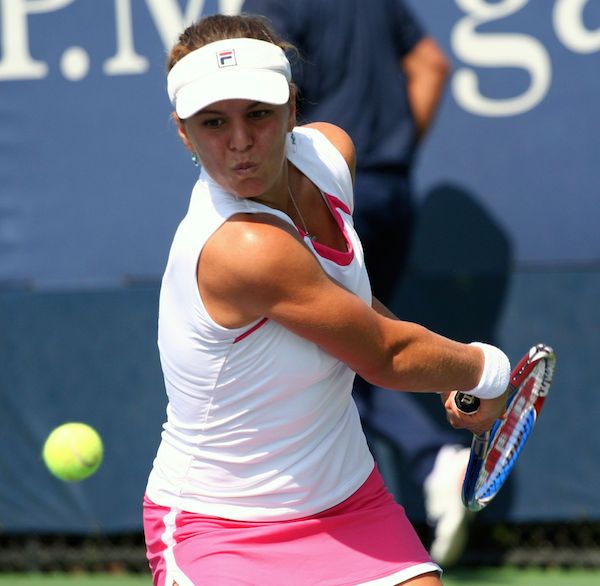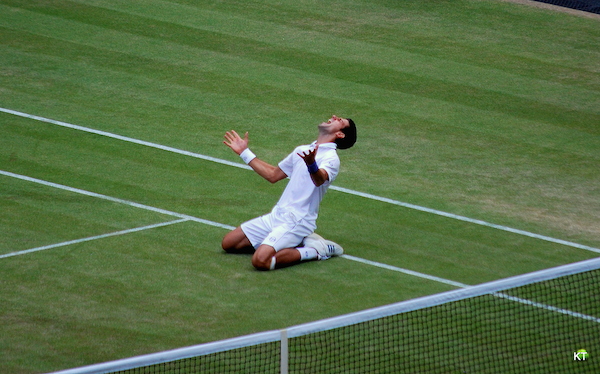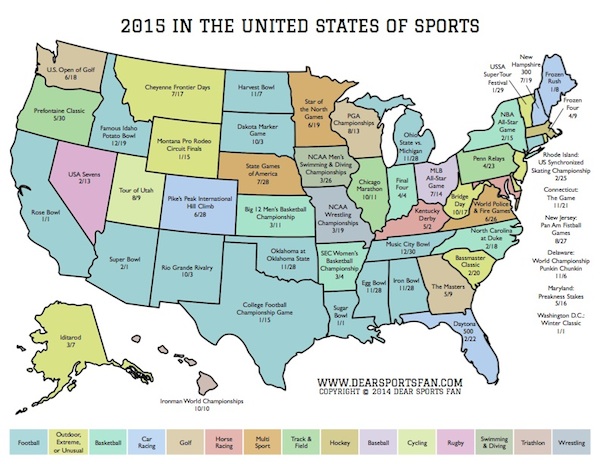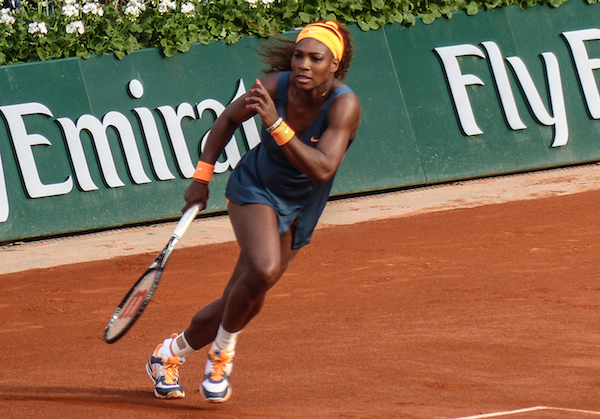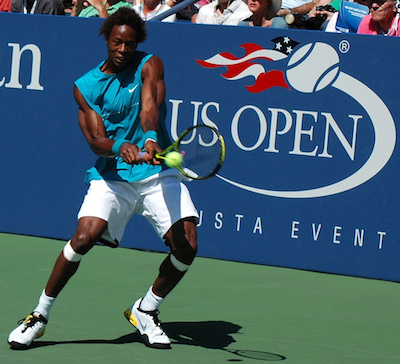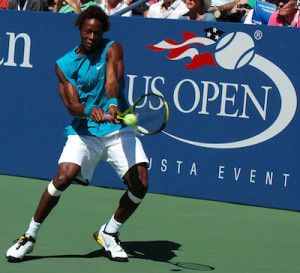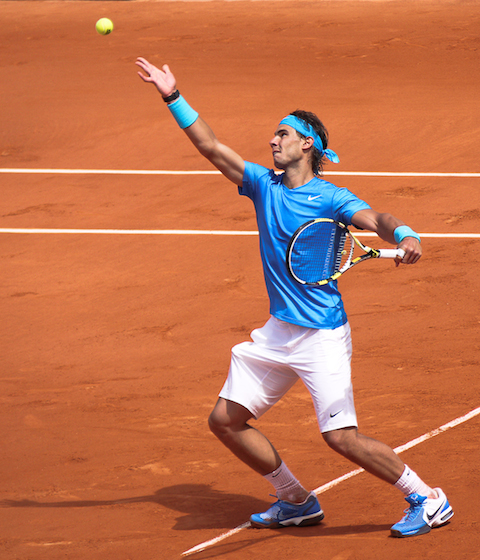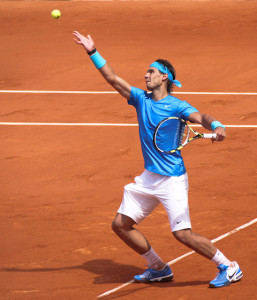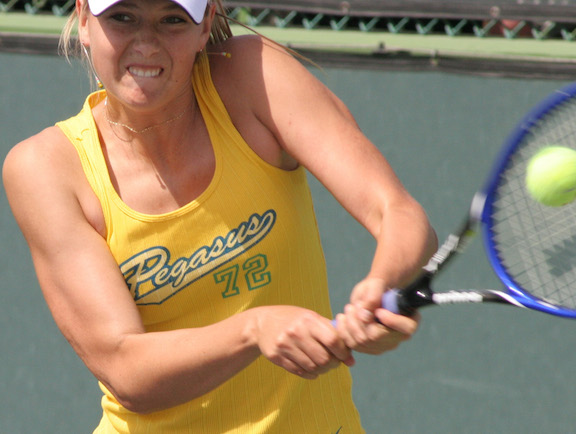All About Tennis
Tennis was part of the first seven Olympic games. Then a dispute between organizations led to it being dropped for ten of the next eleven Olympics. In the time it was missing, all of the sport’s Victorian notions of it being a gentle person’s sport were flushed from the game. These days it’s a fiercely competitive professional sport.
How Does Tennis Work?
“The most complicated aspect of tennis is its scoring system that has its own language and nests inside itself like a Russian doll. Let’s run through this from biggest to smallest. Tennis is played in matches. A match can be won by winning two of three (or three of five) sets. A set consists of individual games. Winning a set means being the first player to win six games, although you have to win by two. If a set is tied 6-6, it gets decided by what is called a tie break. This is like a single extended game where the first player to win 7 points (again though, you have to win by two) wins the set. The only exception to this is if the final set is tied — if this happens, normal games are played infinitely until one player has a two game lead. Games themselves have their own confusing rules and vocabulary. A game is made up of points. Points are the smallest level of tennis. A point begins with a serve and ends when one player either cannot return a ball hit into their side of the court or hits the ball directly out of bounds. Games are played to four points with, of course, a few wrinkles. The first is that, like sets, winning a game requires a two point lead. The second is strictly a matter of how the scores are talked about. Instead of counting up from zero by one (1-0, 1-1, 2-1, etc.) the scores go 0 (also called love,) 15, 30, 40. If the score is tied 40-40, it’s called deuce, and one player will have to win two points in a row to win the game. After the first of those two points, the score is called Advantage Player A. If Player B wins the next point, the score returns to deuce or 40-40.
Got it? Good!”
Why do People Like Tennis
Olympic tennis is special because players are not just playing for themselves, they’re playing for their country. This is true in lots of sports, but it’s special in tennis, because it is, in my opinion, the most intensely psychological sport. What effect does this mind shift have? Does it help some players and hurt others? What does that tell us about them? For example, the favorite on the men’s side, Novak Djokovic, is known to be an overtly patriotic Serb. He hasn’t broken through at the Olympics but I’m sure he wants to. He’ll surely be playing with an edge but will that edge help him or hurt him?
Check out some highlights from the 2012 Olympics:
What are the different events?
Tennis has a men’s singles event, a women’s singles event, a women’s doubles event, a men’s doubles event, and a mixed doubles event with teams consisting of one woman and one man.
How Dangerous is Tennis?
Tennis is not dangerous as much as it is damaging. The sport was developed to be played on grass and for the sake of its players knees and ankles, perhaps it should have stayed that way. Tennis also has one of the longest seasons of all sports, so tennis players basically never get a break from the constant pounding of sprinting on asphalt.
What’s the State of Gender Equality in Tennis?
In many tennis events, and all of the four major tournaments, there’s a glaring difference between men and women in tennis. Men play best-three-out-of-five set matches and women play best-two-out-of-three set matches. The Olympics almost fixes this issue. Everyone will play best-two-out-of-three set matches… except for in the men’s finals which will be a best-three-out-of-five set match. Gah! So close!
Links!
Bookmark the full Olympics schedule from NBC. Tennis is from Saturday, August 6 to Sunday, August 14.
Read more about tennis on the official Rio Olympics site.


